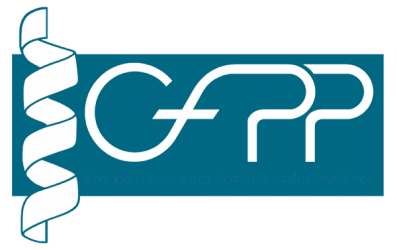Twenty acyclic peptides from Conus monile and Conus betulinus were identified, with the common modifications of C-terminus amidation, gamma carboxylation of glutamic acid, N-terminus conversion of Gln to a pyroglutamyl residue, and hydroxylation of Pro to Hyp. Proteolytic trimming of sequences by cleavage at the C-terminus of Asn residues is established.
The cysteine-free acyclic peptides present in marine cone snail venom have been much less investigated than their disulfide bonded counterparts. Precursor protein sequences derived from transcriptomic data, together with mass spectrometric fragmentation patterns for peptides present in venom duct tissue extracts, permit the identification of mature peptides. Twelve distinct gene superfamiles have been identified with precursor lengths between 64 and 158 residues. In the case of Conus monile, three distinct mature peptides have been identified, arising from two distinct protein precursors. Mature acyclic peptides are often post-translationally modified, with C-terminus amidation, a feature characteristic of neuropeptides. In the present study, 20 acyclic peptides from Conus monile and Conus betulinus were identified. The common modifications of C-terminus amidation, gamma carboxylation of glutamic acid (E to ϒ), N-terminus conversion of Gln (Q) to a pyroglutamyl residue (Z), and hydroxylation of Pro (P) to Hyp (O) are observed in one or more peptides identified in this study. Proteolytic trimming of sequences by cleavage at the C-terminus of Asn (N) residues is established. The presence of an asparagine endopeptidase is strengthened by the identification of legumain-like sequences in the transcriptome assemblies from diverse Conus species. Such sequences may be expected to have a cleavage specificity at Asn-Xxx peptide bonds.


